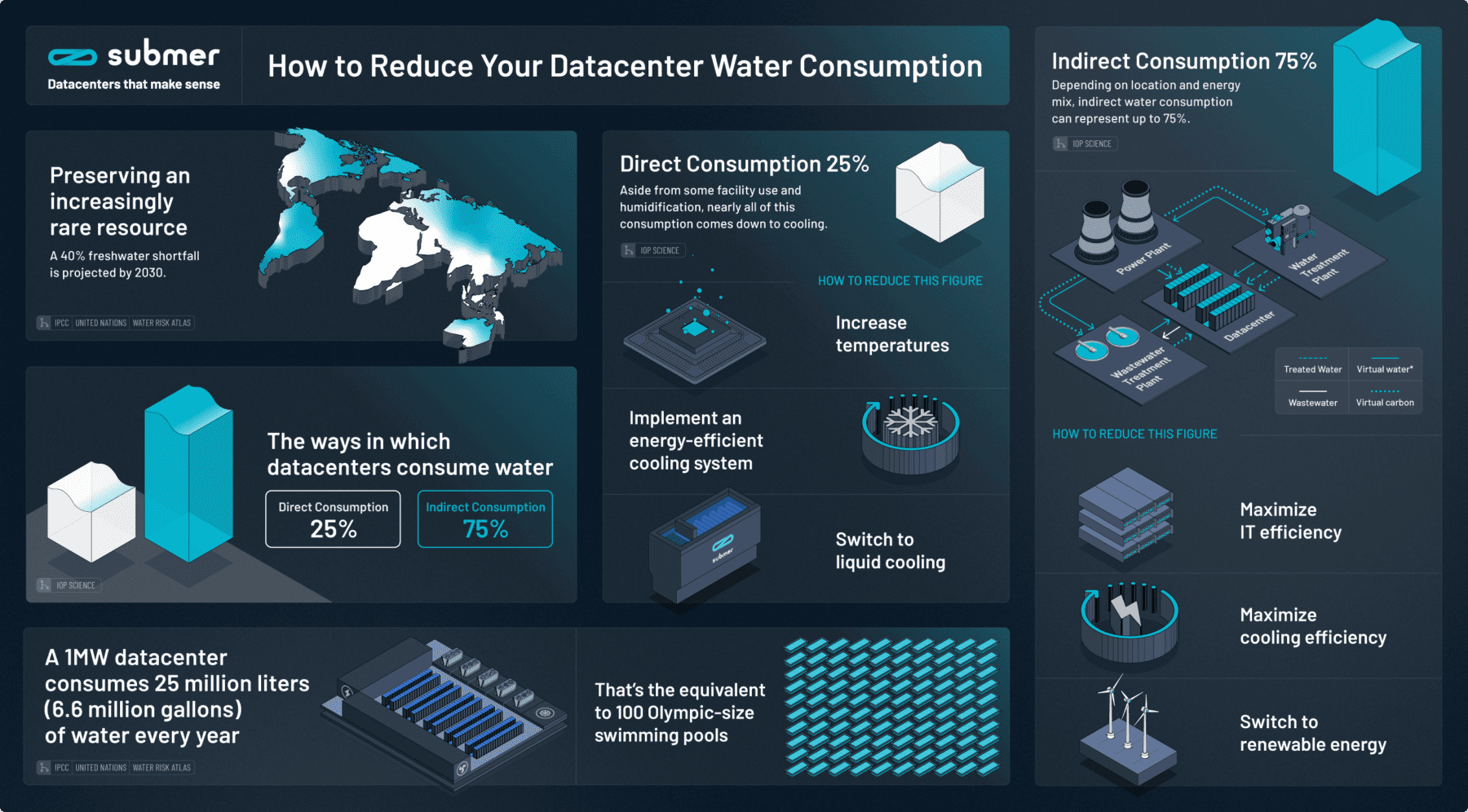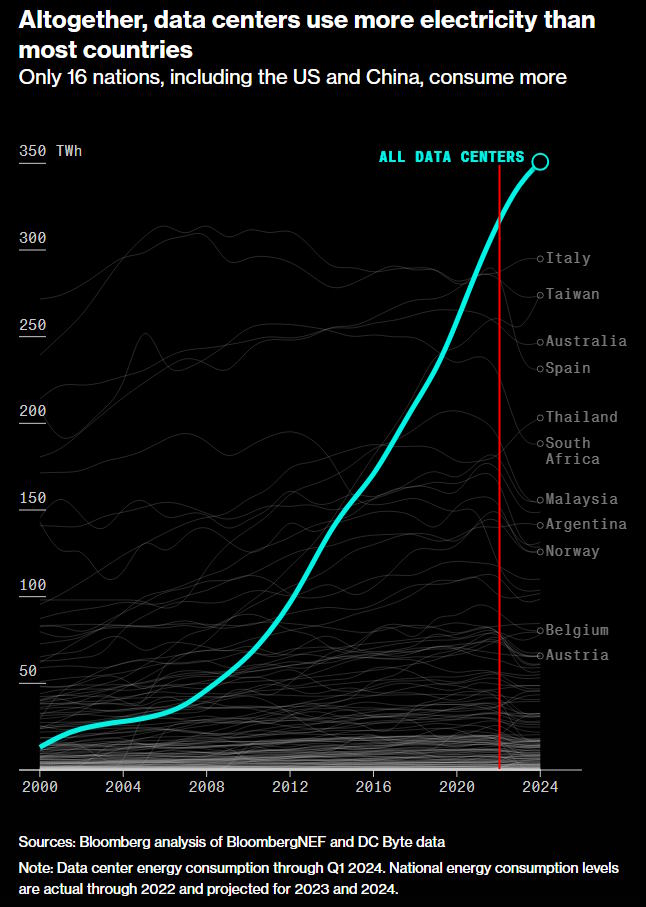The Impact of AI Data Centers on the Water Crisis
When discussions around artificial intelligence and its impact on society arise, the focus is often on the potential benefits or futuristic scenarios. While some foresee AI replacing certain jobs with the possibility of universal basic income, others contemplate darker outcomes where AI poses a threat to humanity. However, what many fail to recognize is the urgent and detrimental role AI is playing in exacerbating a critical resource crisis: water.
We have long grappled with water scarcity issues in the U.S., driven by factors such as overuse, waste, and the effects of climate change. Recent reports highlighted by The New York Times and Bloomberg shed light on how the proliferation of AI data centers is intensifying this crisis. Shockingly, 58% of these facilities in the U.S. are situated in areas facing high or extremely high water stress levels.

The Water Usage of AI Data Centers
While AI data centers, utilized by tech giants such as OpenAI, Google, Microsoft, Amazon, and xAI, have been scrutinized for their substantial energy demands, the equally significant water consumption often goes unnoticed. Water plays a crucial role in cooling the hardware within these server warehouses and sustaining the water-dependent power plants that power them. To provide context, a standard 100-megawatt hyperscale data center in the U.S. consumes approximately two million liters of water per day, equivalent to the usage of 6,500 households, as outlined by the International Energy Agency.

The Environmental Impact
The expansion of data centers, primarily driven by the demands of generative AI, has significantly escalated in both scale and pace. According to Noman Bashir, a Computing and Climate Impact Fellow at MIT, generative AI training clusters consume seven to eight times more energy than typical computing workloads. By 2026, global data centers are projected to collectively consume around 1,050 terawatts of electricity, positioning them as the fifth-largest electricity consumers globally, nestled between Russia and Japan.
The Ethical Dilemma
The concerning aspect is that these resources are being monopolized by a few influential individuals who are spearheading technologies that have questionable societal benefits. As the technology advances, the strain on water resources intensifies, raising ethical questions about the priorities of tech companies and their commitment to sustainability.
While AI undeniably presents opportunities for advancements in various fields, from healthcare to scientific research, the current trajectory prioritizes profit over environmental preservation and societal well-being. The narrative spun by industry leaders often paints an idyllic picture of a future enriched by AI, but the reality is far more complex.

As we witness the unchecked growth of AI data centers at the expense of our finite water resources, it becomes imperative to reassess our values and challenge the unchecked expansion of technologies that jeopardize essential necessities for life. Water, a vital resource, should not be sacrificed for the sake of unchecked technological development that offers minimal tangible benefits to humanity.




















